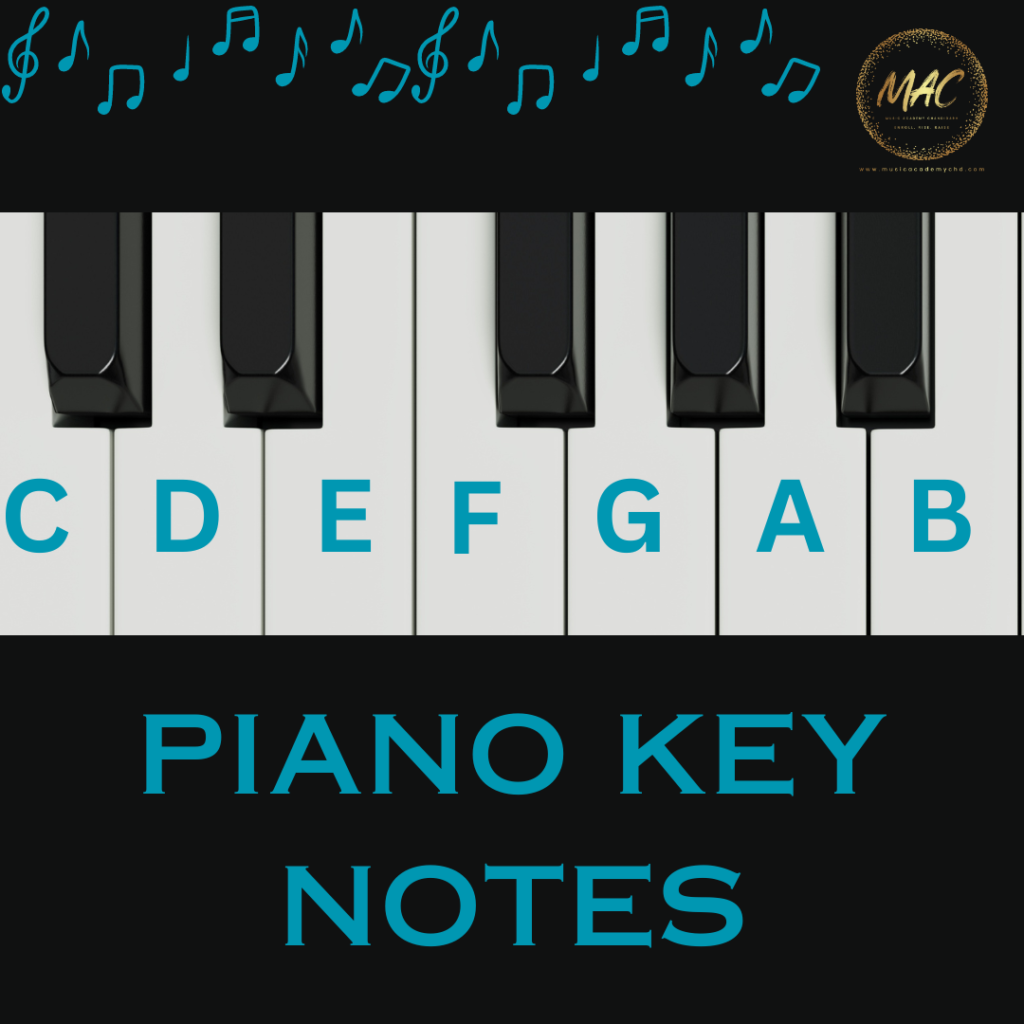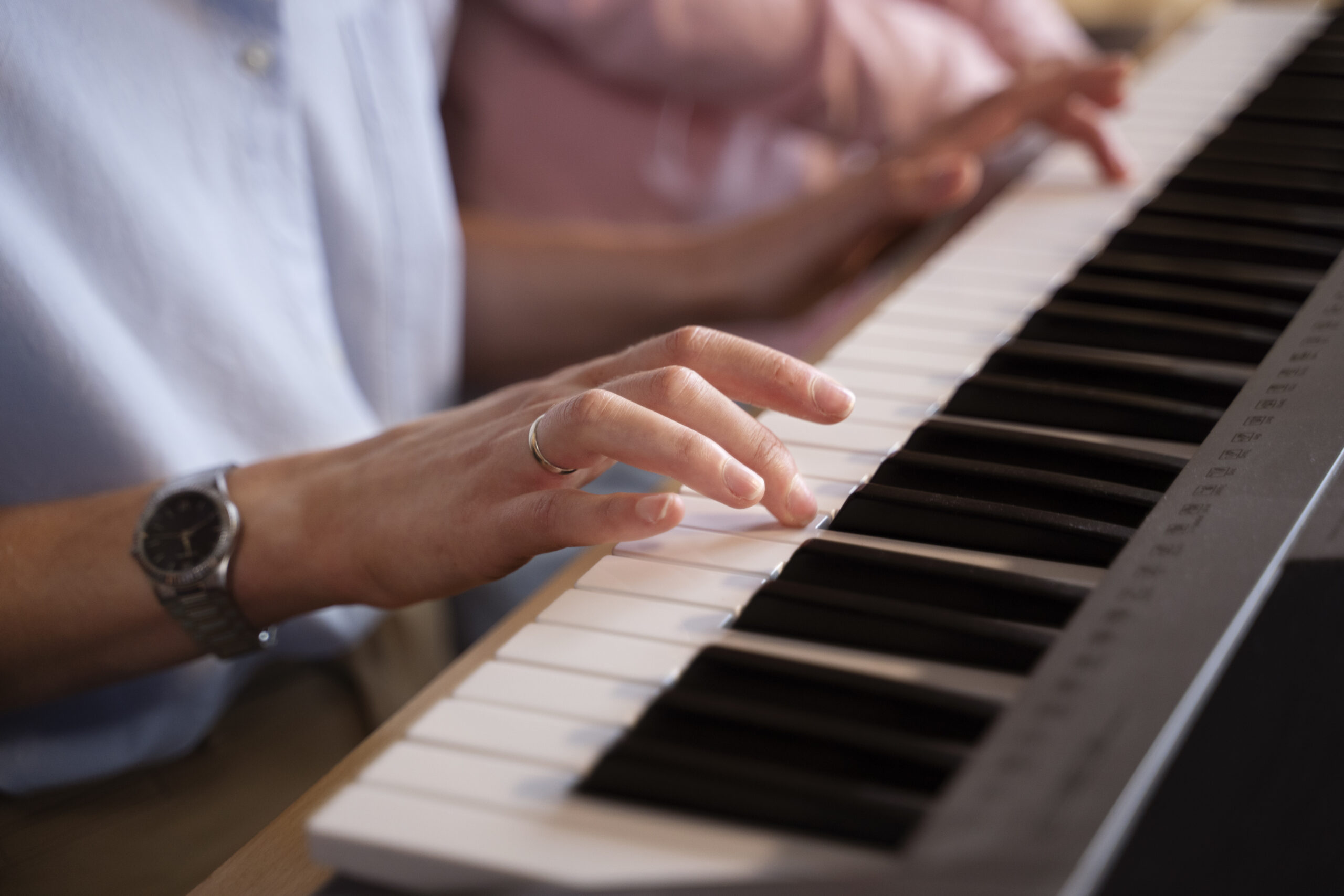Welcome to the enchanting world of piano playing! Whether you’re a complete novice or have dabbled a bit with the keys, learning piano notes is the essential first step towards unlocking the full potential of this timeless instrument. In this comprehensive guide, we’ll take you through everything you need to know about piano notes for Beginners, Specifically, we’ll cover understanding the layout of the keyboard to mastering your first melodies. So, sit back, relax, and let’s dive into the fascinating world of piano notes.
The Basics: Understanding Piano Notes
Before we dive into playing the piano notes for Beginners, let’s get familiar with the piano keyboard. The piano is made up of 88 keys, each representing a different note. These notes range from A to G and repeat in a pattern throughout the keyboard. The white keys represent natural notes (A, B, C, D, E, F, G), while the black keys represent sharps (#) or flats (b).

Getting Started: Playing Your First Notes
Now that you understand the layout of the piano keyboard, it’s time to start playing! Begin by placing your fingers on the keys. For beginners, we recommend starting with simple melodies using your right hand.
- Middle C: Locate the middle C on your keyboard. It’s usually positioned towards the middle of the keyboard, slightly to the left.
- Positioning: Rest your right hand lightly on the keys, with your thumb on middle C. As a result, your other fingers should naturally fall onto the adjacent keys.
- Playing the Note: Press down gently on the middle C key with your thumb. You should hear a clear and resonant sound.
Congratulations! You’ve played your first piano note. Now, let’s try playing a few more.
Practicing Piano Notes: Tips for Success
- Take it Slow: Don’t rush. Start by playing each note individually, focusing on accuracy and technique.
- Use Proper Finger Placement: Pay attention to the positioning of your fingers on the keys. Consequently, this will help you develop good habits from the beginning.
- Practice Regularly: Like any skill, playing the piano requires practice. Set aside dedicated time each day to practice your piano notes.
Learning Resources: Tools for Progression
As you continue your piano journey, there are many resources available to support your learning:
- Online Tutorials: Explore tutorials and video lessons tailored to beginners.
- Sheet Music: Access beginner-friendly sheet music to practice playing different songs and melodies.
- Piano Apps: Download apps that provide interactive lessons, exercises, and games to enhance your skills.
Conclusion: Embracing the Joy of Piano Playing
Playing piano notes is the gateway to a world of musical expression and creativity. Therefore, Embrace the journey, celebrate your progress, and most importantly, enjoy the process of making music.
Remember, every great pianist started as a beginner. With patience, dedication, and a love for music, you’ll soon be playing beautiful melodies that captivate the soul.
So, let’s embark on this musical adventure together. Unlock the magic of the piano, one note at a time. Get in touch with us.

